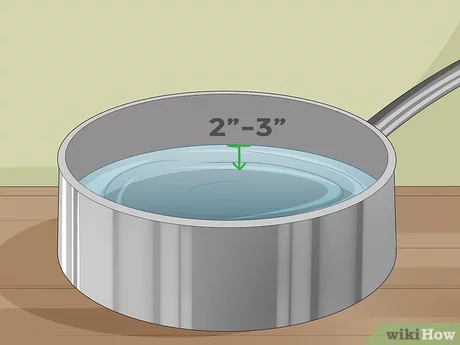How to Install a Car Starter: 14 Steps

A car starter is an essential component of a vehicle’s ignition system. It’s responsible for turning over the engine and setting it in motion. If the starter goes bad, it can be impossible to start your car. If you need to replace the starter yourself, follow these 14 steps to ensure a successful installation.
1. Disconnect your car’s battery: Before you do anything, disconnect the battery cables from the negative terminal on your car battery to prevent any accidental electrical shocks during the process.
2. Locate your car’s starter: Consult your vehicle’s service manual to find the location of the starter, which is typically on the lower part of the engine, close to the transmission.
3. Remove any obstructions: Depending on your vehicle model, you may have to remove additional parts such as heat shields or exhaust pipes to access the starter.
4. Check compatibility: Make sure that you have purchased the correct replacement starter for your specific vehicle make and model.
5. Prepare your tools: Gather all necessary tools such as wrenches, sockets, and a jack if needed.
6. Jack up your vehicle (if necessary): If needed, raise your vehicle on a jack and support it securely with jack stands for safety.
7. Disconnect electrical connections: Locate and unplug all electrical connections from the old starter; this can include power cables as well as smaller connections for sensors or solenoids.
8. Unbolt and remove old starter: Carefully remove any bolts holding the old starter in place and slide it out of its position within the engine bay.
9. Compare old and new starters: Verify that the new starter matches the old unit in appearance and mounting points.
10. Install new starter: Carefully slide the new starter into position, lining up its mounting points with those on your vehicle’s engine or transmission housing.
11. Secure new starter with bolts: Align the new starter with the mounting holes and fasten it securely using the appropriate bolts.
12. Reconnect electrical connections: Reattach all previously disconnected electrical connections to the new starter.
13. Lower your vehicle (if necessary): If you had to raise your vehicle, remove the jack stands and lower the car back to the ground.
14. Reconnect battery and test: Reattach the battery cables to the negative terminal, and start your car to ensure that it is functioning correctly.
By following these 14 steps, you can successfully install a new car starter in your vehicle. Always consult your vehicle’s service manual for specific instructions related to your make and model, and reach out to a professional mechanic if you are unsure of any part of the installation process.

